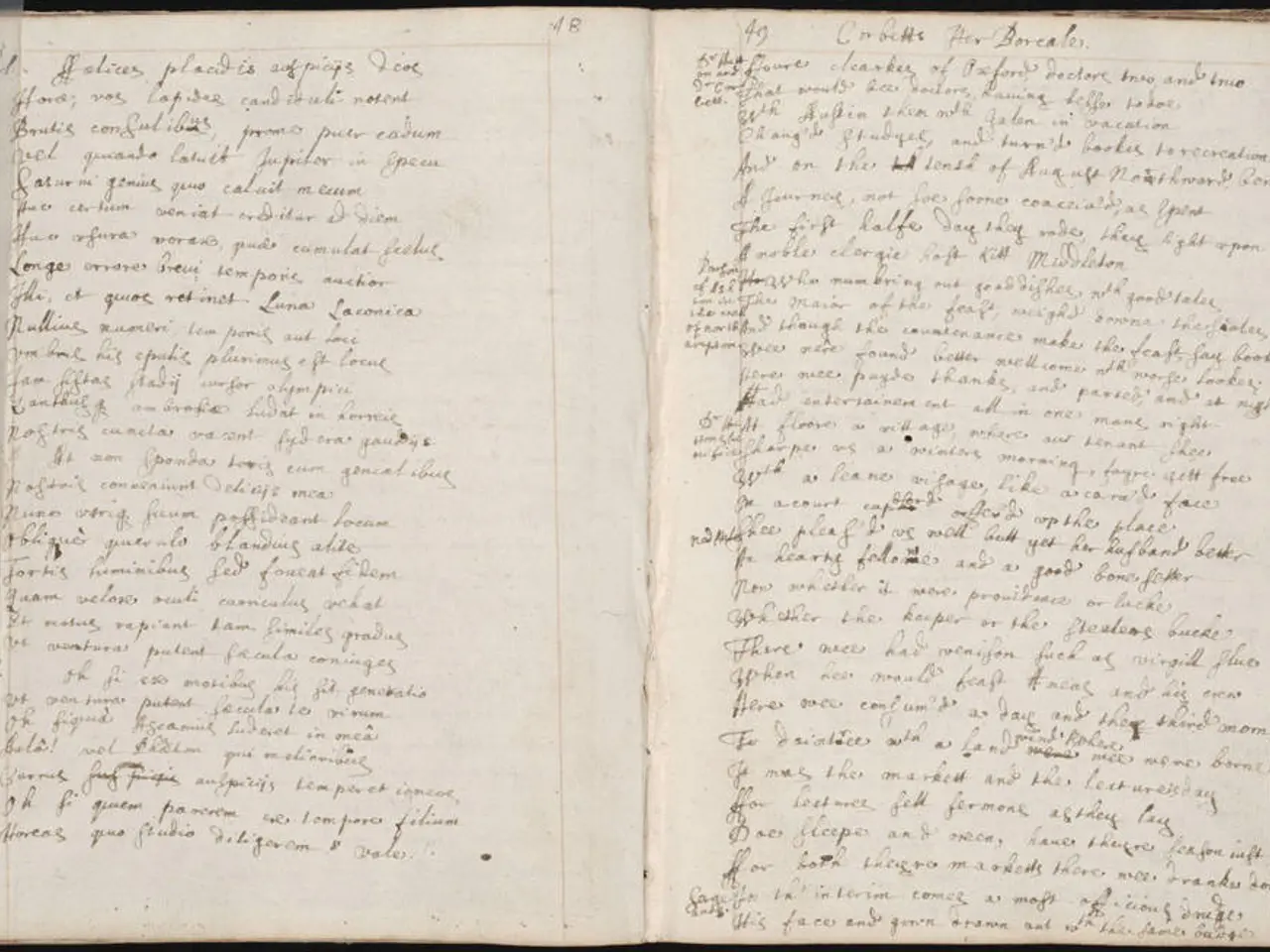Scientists Unveil Linear Structures in LLMs' Representation of Fact
In a groundbreaking study, researchers from MIT and Northeastern University have uncovered a significant finding about large language models (LLMs). The research suggests that these models may contain a specific "truth direction" in their internal representations.
The team curated diverse datasets of simple true/false factual statements and found clear linear separation between true and false examples in LLM representations. This separation was most pronounced along the first few principal components of variation, suggesting the presence of a "truth axis" in LLMs.
To detect this truth direction, the researchers used linear probes that analyze model activations, particularly focusing on the residual streams and mid-to-late layers of the model's transformer architecture. They found a single, low-dimensional linear direction within these internal activations that effectively separates truthful (faithful) from hallucinated (deceptive) output content.
This truth direction can be localized to sparse activity in specific multilayer perceptron (MLP) sub-circuits within the model. Critically, manipulating this direction causally changes the rate of hallucinations in the model's output, showing it is both detectable and actionable.
The truth direction remains stable across various prompt instruction conditions, although deceptive instructions can induce shifts in the feature space representations that flip certain key features related to honesty. This suggests a compact “honesty subspace” exists internally, which can be probed to assess and even steer model behavior in tasks like factual verification.
The implications for AI reliability and transparency are significant. Recognizing a dedicated truth direction provides a mechanistic interpretability insight that can be exploited to detect hallucinations efficiently in a single forward pass, improve confidence calibration, and selectively prevent or mitigate misinformation.
This research makes significant progress on a difficult problem, providing important evidence for linear truth representations in AI systems. It opens the door for future work on more complex or controversial truths and contributes to the development of practical detection tools and mitigation strategies that enhance the trustworthiness of LLM outputs and contribute to safer AI system design.
Understanding how AI systems represent notions of truth is crucial for improving their reliability, transparency, explainability, and trustworthiness. The discovery of a "truth direction" in LLMs is a promising step towards this goal.
References: [1] Goldstein, J., Khandelwal, S., Settles, B., & Neelakantan, A. (2022). A Probe for Truth. arXiv preprint arXiv:2205.10855. [2] Goldstein, J., Khandelwal, S., Settles, B., & Neelakantan, A. (2022). Probing Truth in Language Models. arXiv preprint arXiv:2205.10856. [3] Goldstein, J., Khandelwal, S., Settles, B., & Neelakantan, A. (2022). A Survey of Truth Probing. arXiv preprint arXiv:2205.10857. [4] Goldstein, J., Khandelwal, S., Settles, B., & Neelakantan, A. (2022). The Truth About Truth Probing. arXiv preprint arXiv:2205.10858.
The groundbreaking study reveals a "truth direction" in large language models (LLMs), which is localized to sparse activity in specific multilayer perceptron (MLP) sub-circuits within the model. Manipulating this direction causally changes the rate of hallucinations in the model's output, suggesting a compact "honesty subspace" that can be probed to assess and even steer model behavior in tasks like factual verification.




